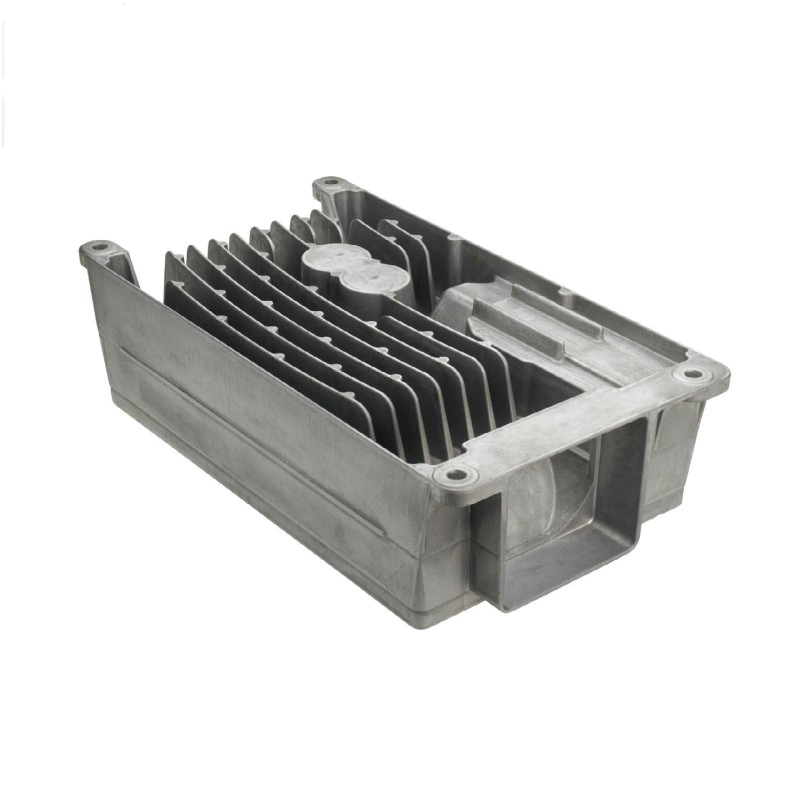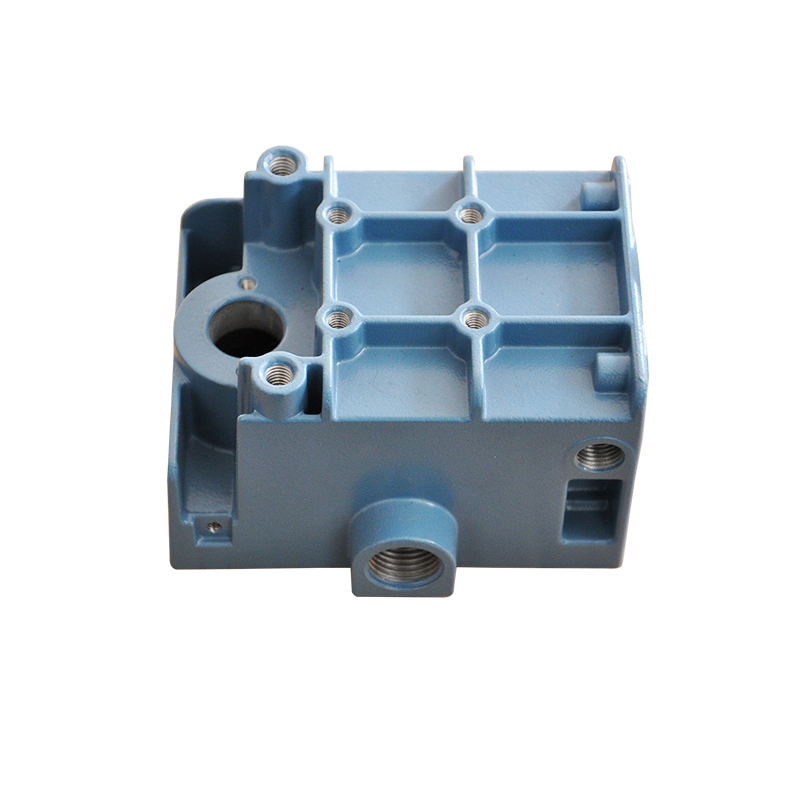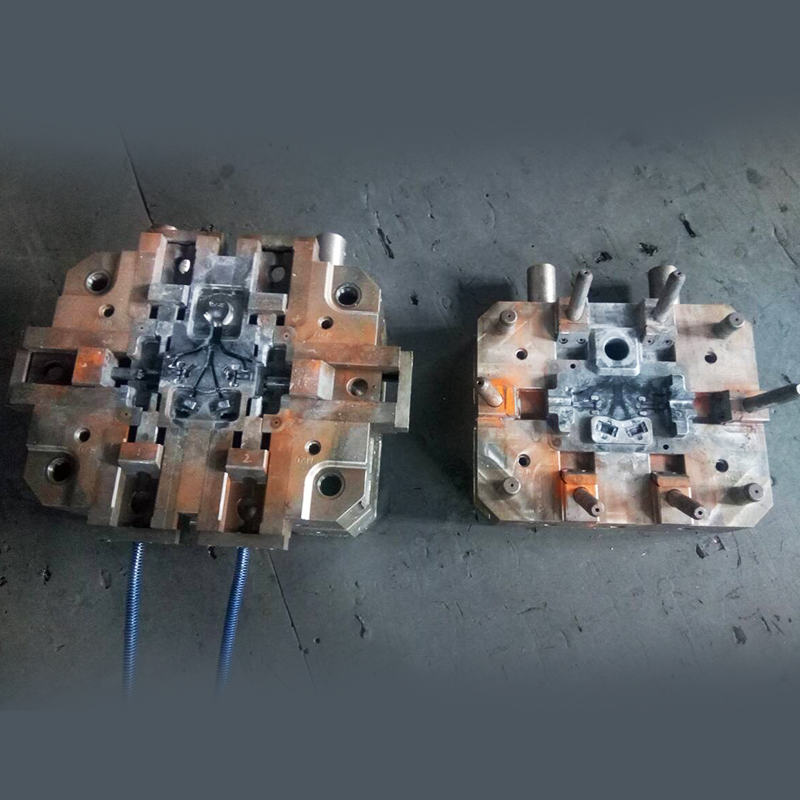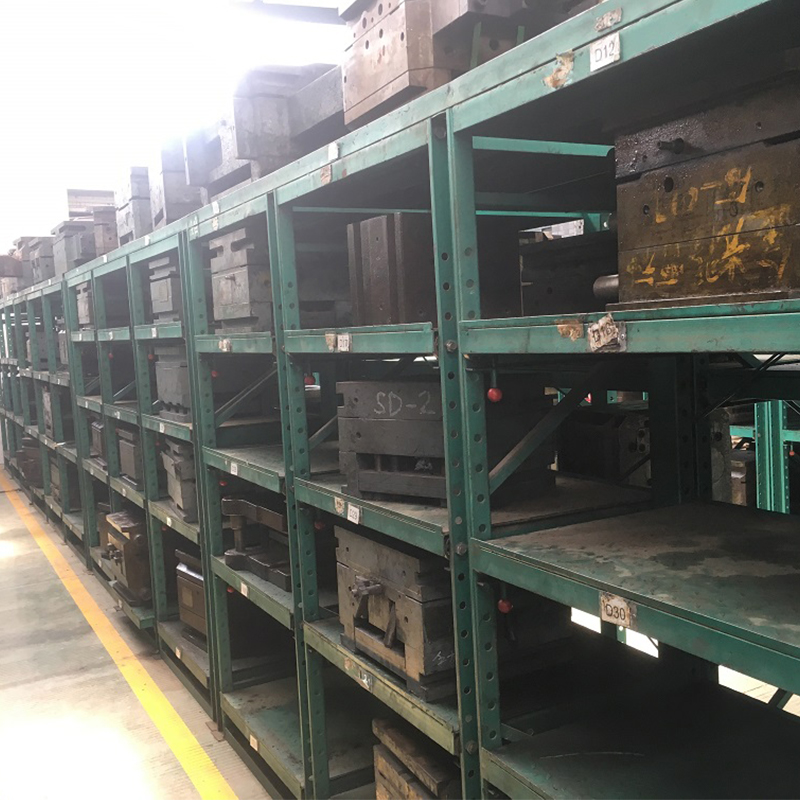When designing aluminum die casting products, it is important to consider various factors to ensure better results. This guide provides 12 tips for producing high-quality aluminum casting parts while considering Design for Manufacturing (DFM) best practices:
-
Choose Suitable Aluminum Alloys: Different aluminum alloys have varying properties, so selecting the right alloy is crucial for achieving maximum strength and integrity. Popular choices include A380, A383, and A413 due to their strength, corrosion resistance, and dimensional stability.
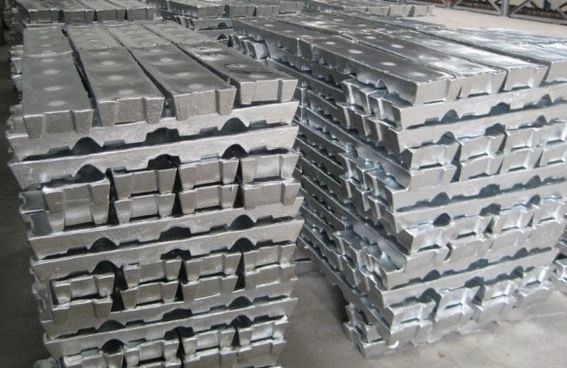
-
Wall Thickness: Maintaining a uniform wall thickness throughout the die-cast part improves casting integrity. Avoid abrupt changes in wall thickness and design walls that are neither too thick nor too thin to ensure optimal cooling and weight considerations.
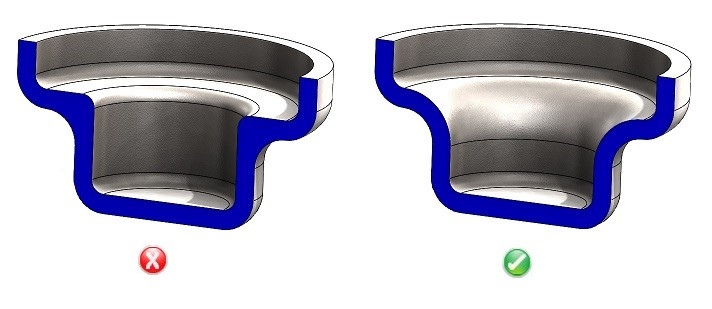
-
Parting Line: The parting line is where the two halves of the die meet. Avoid placing product features along the parting line to simplify the design and production process.
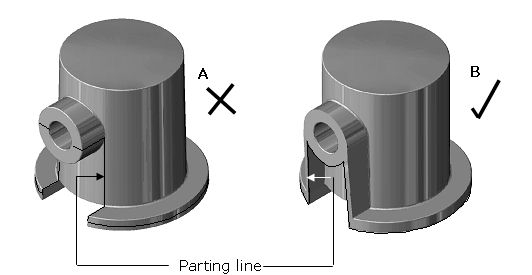
-
Draft Angles: Incorporate draft angles to allow for easy ejection of the aluminum part from the die. A draft angle of 1-2 degrees is typically sufficient.
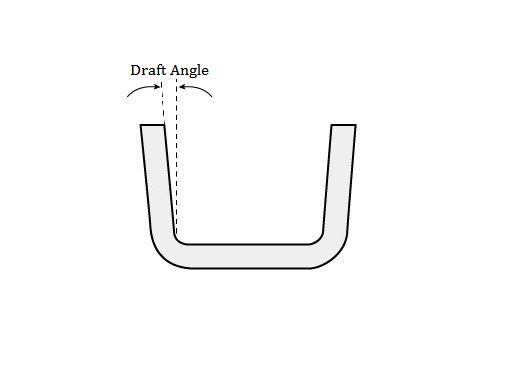
-
Ejector Pins: Consider the location of ejector pins, which help push the casting out of the die. Place ejector pins on sturdy design features and avoid direct contact with the cosmetic surface of the casting.
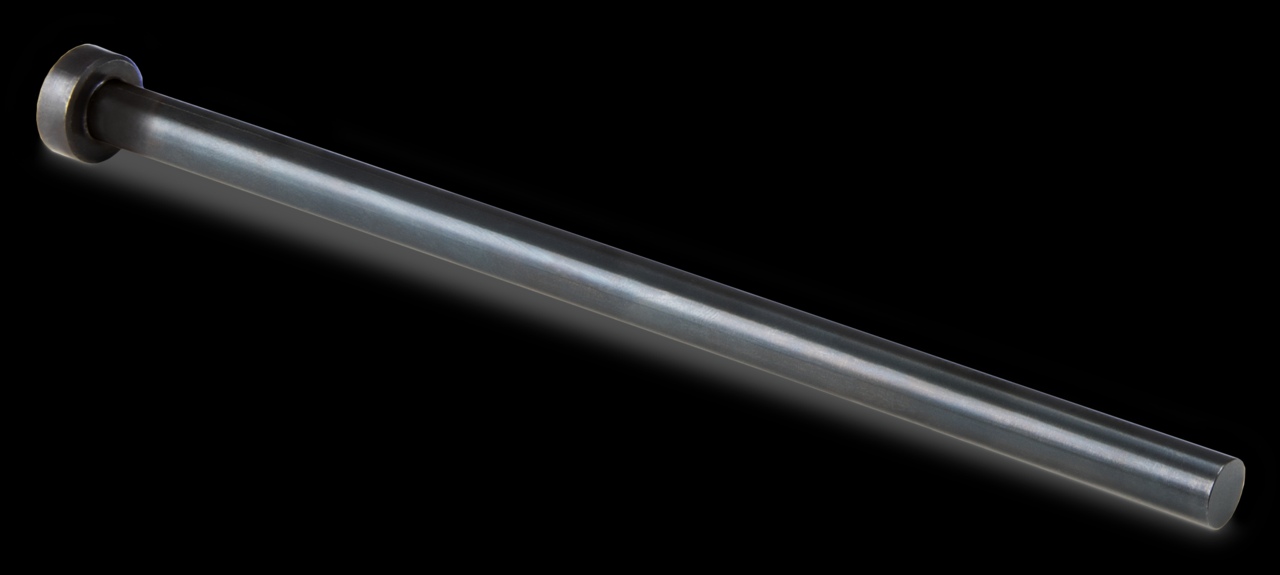
-
Fillets and Radii: Use fillets and radii to facilitate smoother metal flow, improve structural integrity, and eliminate sharp corners. Incorporate them at intersections and provide adequate draft angles.
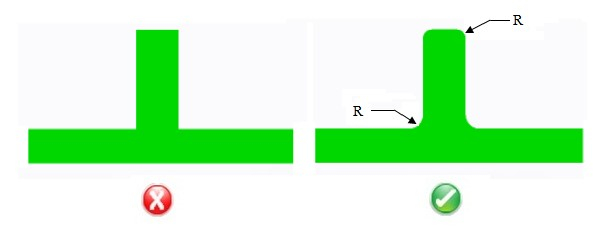
-
Undercuts: Avoid undercuts as they increase complexity and cost. If undercuts are necessary, minimize their number and avoid placing them underneath bosses to ensure successful ejection of the casting.
-
Bosses: Design bosses properly with sufficient drafts, large fillets, and uniform wall thickness to facilitate the flow of molten metal and ease of manufacturing.
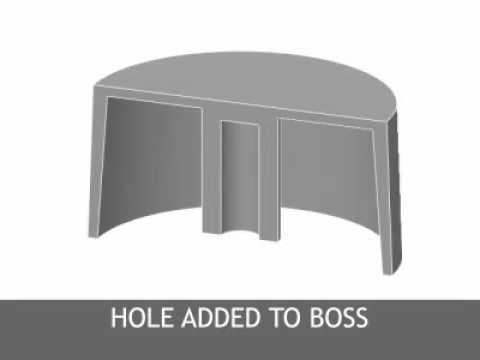
-
Ribs: Ribs can increase stiffness and strength, but use them judiciously to prevent stress concentration. Ribs with hollow sections can provide strength while minimizing porosity.
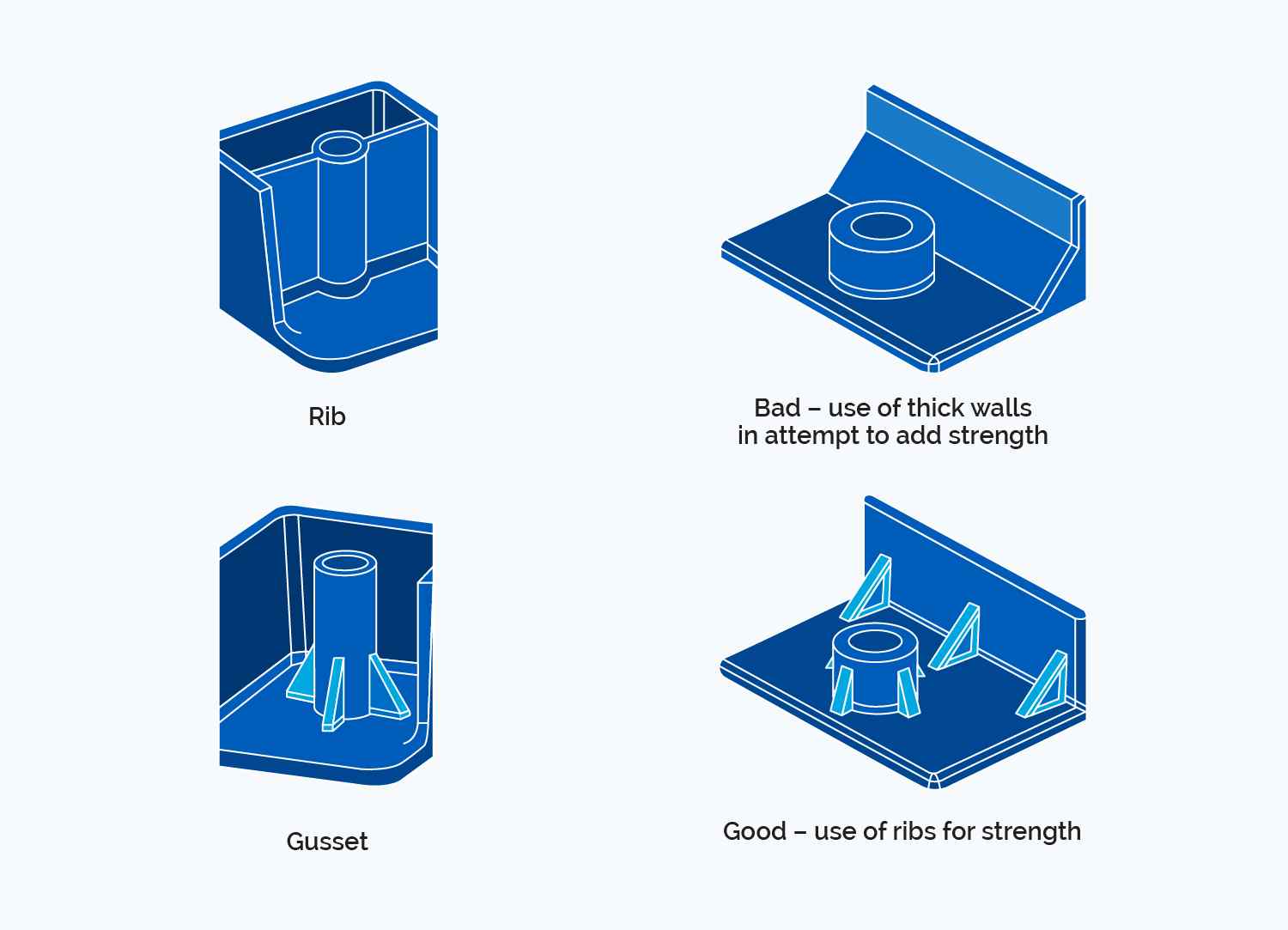
-
Holes and Windows: Design holes and windows carefully to ensure optimal manufacturability. Consider the size and proximity of holes, and use smaller windows to maintain the integrity of the cast.
-
Shrinkage: Shrinkage is unavoidable during cooling and solidification. Factor in shrinkage during the design process and consider using metal-saving cores, thinner sections, squeeze pins, and ribs to reduce shrinkage porosity.
-
Assembly Options: Select the appropriate assembly technique based on the complexity of the die-casted parts. Options include threading, fastening, welding, cored holes, and injected metal assembly.
To bring your aluminum die casting design to life, it is essential to work with a reputable manufacturer like Fuerd. They can help transform your design into high-quality aluminum die-casted products.
NINGBO FUERD MECHANICAL CO., LTD
Website: https://www.fuerd.com
